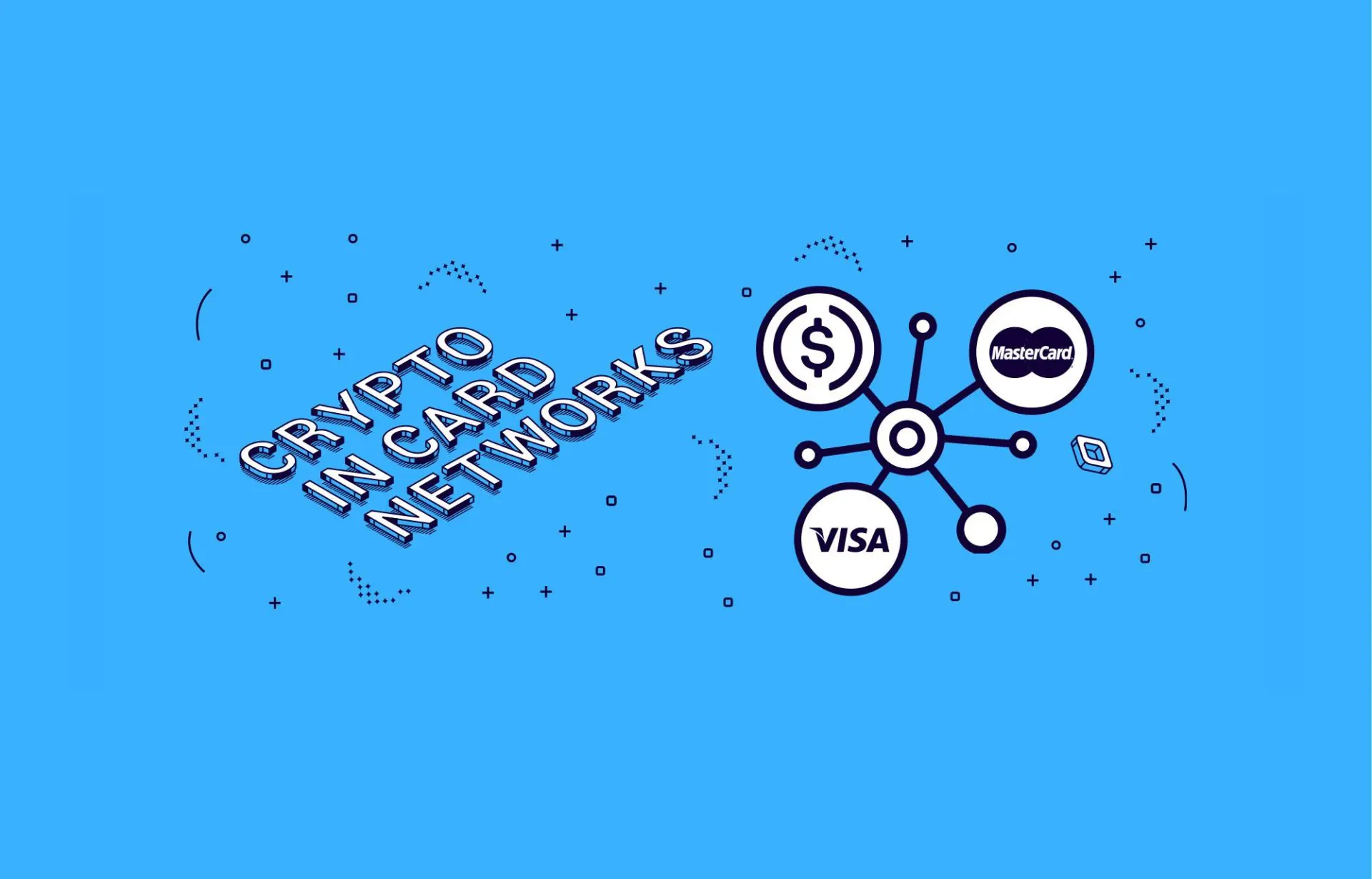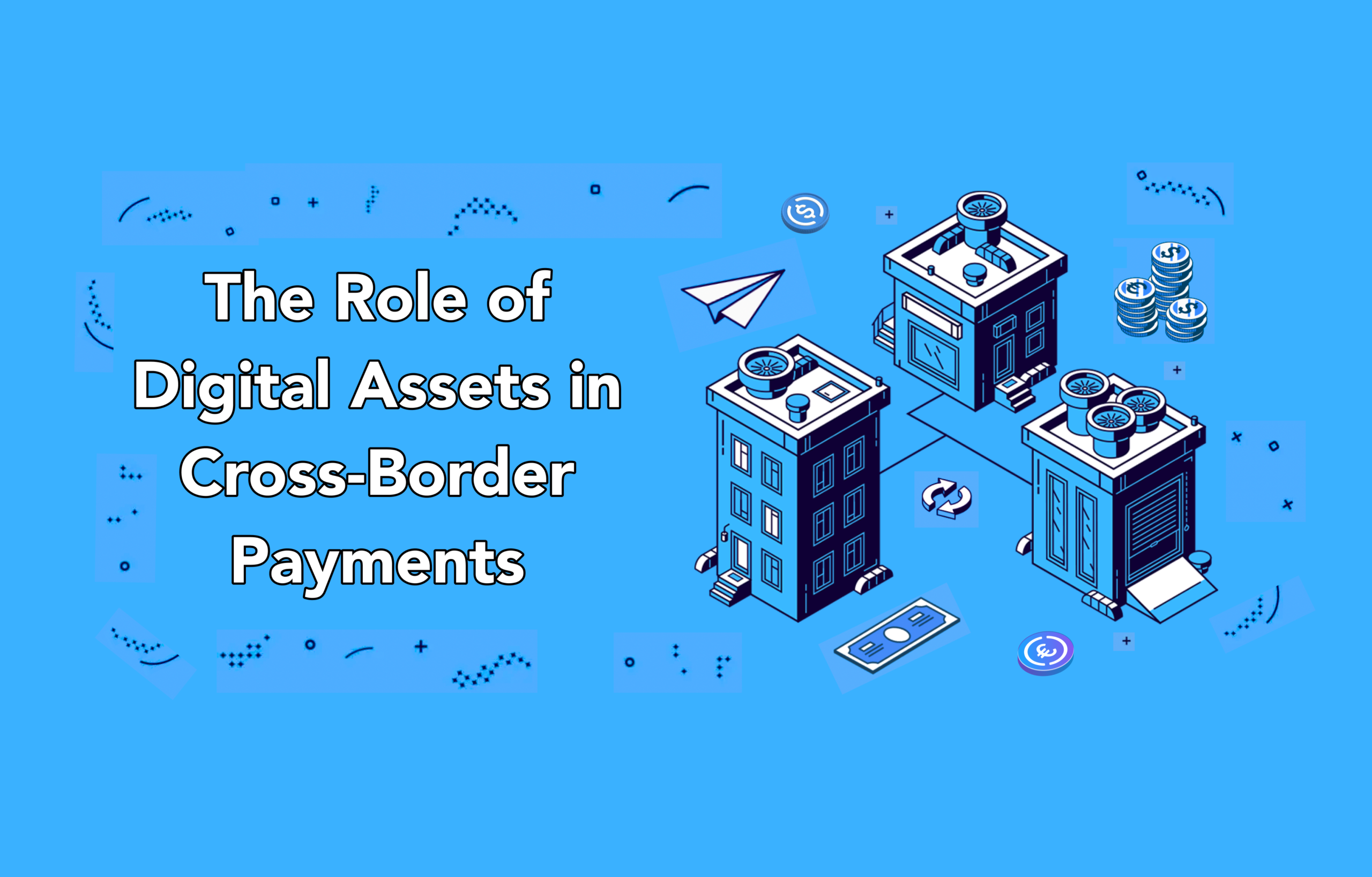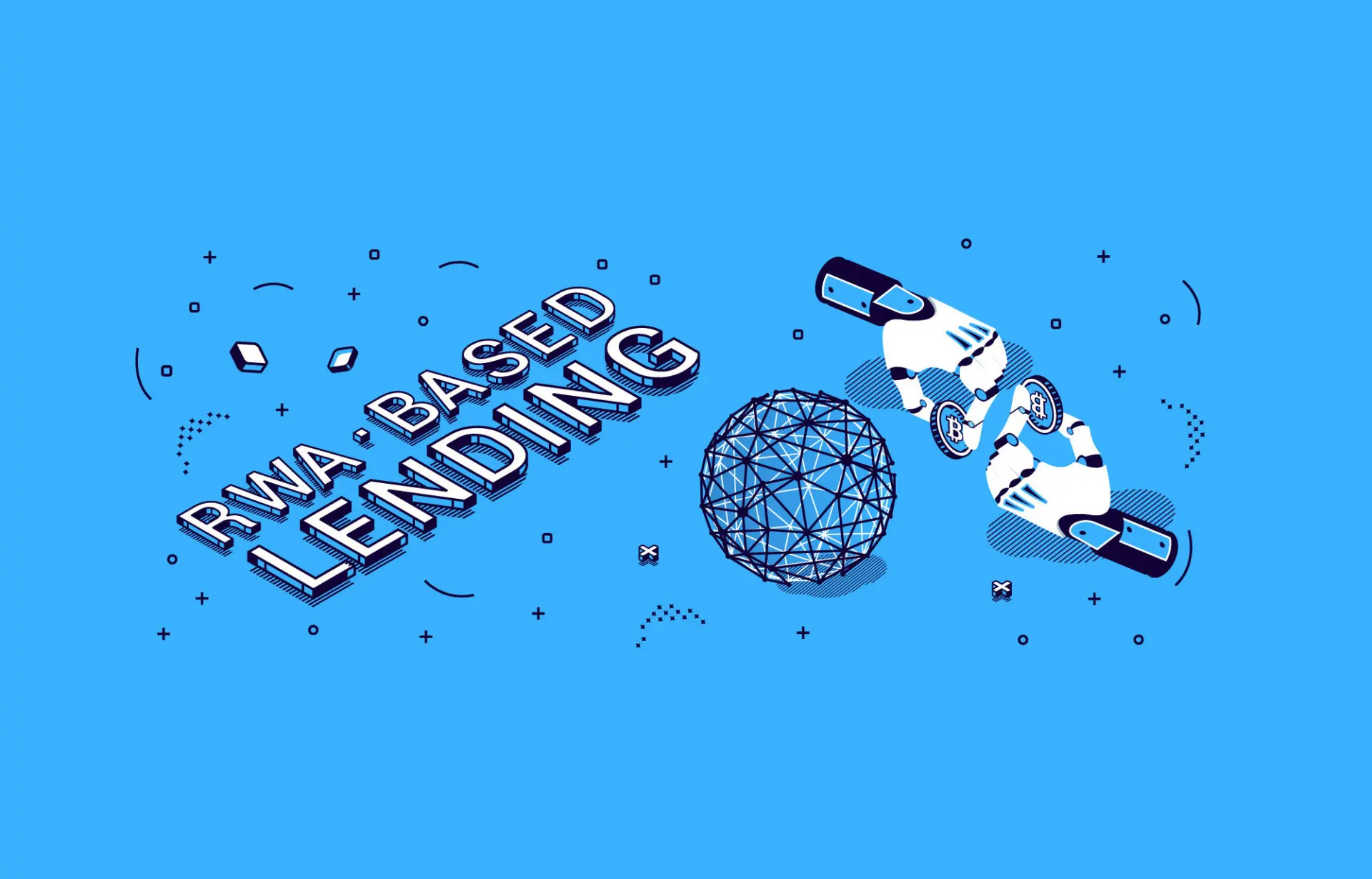Card networks have been the leading players of the payment world since the 1960s. Despite the rapid involvement of new and challenging players, they have maintained their dominance throughout decades and come this far by adding up new offerings with constant innovations. However, especially after the 2010s, the emergence and widespread use of new digital assets have fundamentally changed the game, forcing card companies to reposition themselves.
Card networks basically handle the authorization and processing of transactions made through cards. They transfer information between acquiring and issuing banks to decide where and if a user can make a purchase. In other words, the network a card operates in dictates where its users can make transactions.
Visa is currently the largest credit card network in the world, with its 3.5 billion cards in circulation globally in 2020. In the same year, Visa’s global credit and debit payment volume was worth $11.4 trillion.[1]
Mastercard is the second-largest, with 2.3 billion cards circulating worldwide and $4.7 trillion of global purchase volume in 2020.[2]
Although they are still quite dominant in payments, their powerful position is at stake due to the emergence of new financial paradigms.
Open banking and stablecoins: A major threat and an opportunity
Open banking is a system in which third-party providers integrate with banks and other financial institutions through APIs, allowing open access to financial data and new transaction options.[3]
The global payments made through open banking were $4 billion in 2021. By 2026, the number is expected to hit $116 billion, indicating a major acceleration.[4] Payments made through open banking functionality have strong potential to end the dominance of credit cards for making payments.
Stablecoins, one the other hand, emerged as another quantum jump besides open banking. In addition to offering all the advantages of cryptocurrencies, they are also stable, making them more capable of serving as a means of payment and store of value.
Well aware of the risks and opportunities, card networks are rapidly developing new programs and acquiring fintechs to keep up with the transformation of the financial system.
Visa’s approach
Visa has started a Fintech Fast Track Program for startups in the funding stage in 2019.[5] It offers startup incentives, faster onboarding, and dedicated expertise and support with this program, allowing startups to take advantage of Visa’s extensive capabilities and network.[6]
In 2020, Circle joined the program to issue a Visa corporate card enabling businesses to make transactions with USDC. In this way, the Circle platform will provide support for USDC payouts to Visa’s network of e-wallets.[7]
Visa also partnered with Anchorage, a digital asset bank it invested in, to provide crypto custody and allow customers to buy and sell digital assets.[8] Shortly after that, in March 2021, the company announced accepting the first settlement payment in USDC.[9]
Mastercard’s approach
Mastercard also developed an award-winning program, Start Path Crypto, connecting crypto startups to Mastercard’s global ecosystem. Startups can both join the vast network and benefit from the expertise of Mastercard through events, workshops, and feedback sessions.[10] Although the name suggests a broad coverage, Mastercard made it clear that it only intends to bring stablecoins into its network for now.[11]
In July 2021, Mastercard announced a partnership with Circle, Evolve Bank & Trust, and Paxos Trust Co to enhance its card program for crypto wallets and exchanges. It also took a step forward by acquiring CipherTrace, a cryptocurrency intelligence company, to enhance its crypto capabilities.[12]
Card networks are betting on USDC for settlements
By building partnerships and collaborations, acquiring fintechs, improving technology, and sharing expertise, card companies are making it easier for people and institutions to use stablecoins in payments. All these initiatives towards embracing stablecoins represent a historical milestone, underlining an unmistakable trend.
Both Visa and Mastercard announced they had chosen USDC as the first crypto asset to offer their clients. They are clearly betting on USDC for settlements, for it measures up against the criteria of demand, stability, security, and compliance.[13][14]
As the threat of open banking remains intact, stablecoins are offering more than survival for card networks.[15] They are bringing an opportunity to fundamentally transform and align with the inevitable future.
Offering direct stablecoin transfers between e-wallets has the potential to position card networks in the right way - not against open banking, but beside it, to enable further growth and constant innovation.
[1] https://s1.q4cdn.com/050606653/files/doc_financials/2021/q1/Visa-Inc.-Q1-2021-Operational-Performance-Data.pdf
[2] https://s25.q4cdn.com/479285134/files/doc_financials/2021/q1/1Q21-Supplemental-Operational-Performance-Data.pdf
[3] https://www.forbes.com/sites/forbestechcouncil/2021/05/28/how-open-banking-will-quietly-edge-out-credit-cards/?sh=3677691f7477
[4] https://www.computerweekly.com/news/252508853/Payments-through-open-banking-could-end-card-dominance
[5] https://financialpost.com/pmn/press-releases-pmn/business-wire-news-releases-pmn/visas-fintech-fast-track-program-goes-global-with-launch-in-u-s
[6] https://partner.visa.com/site/programs/fintech-program.html
[7] https://www.prnewswire.com/news-releases/circle-announces-partnership-with-visa-to-bring-the-benefits-of-stablecoins-to-businesses-worldwide-301185942.html
[8] https://thepaypers.com/cryptocurrencies/visa-anchorage-to-help-banks-offer-crypto-services--1247064
[9] https://techcrunch.com/2021/03/29/visa-supports-transaction-settlement-with-usdc-stablecoin/
[10] https://developer.mastercard.com/programs/start-path-crypto/
[11] https://www.mastercard.com/news/perspectives/2021/why-mastercard-is-bringing-crypto-onto-our-network/
[12] https://www.mastercard.com/news/press/2021/september/mastercard-acquires-ciphertrace-to-enhance-crypto-capabilities/
[13] https://www.coindesk.com/markets/2021/07/20/mastercard-to-test-usdc-for-payments-as-stablecoin-scrutiny-intensifies/
[14] https://usa.visa.com/visa-everywhere/blog/bdp/2021/03/26/digital-currency-comes-1616782388876.html
[15] https://www.coindesk.com/markets/2021/02/05/credit-card-companies-should-offer-stablecoin-payments-or-be-left-behind-gartner/



